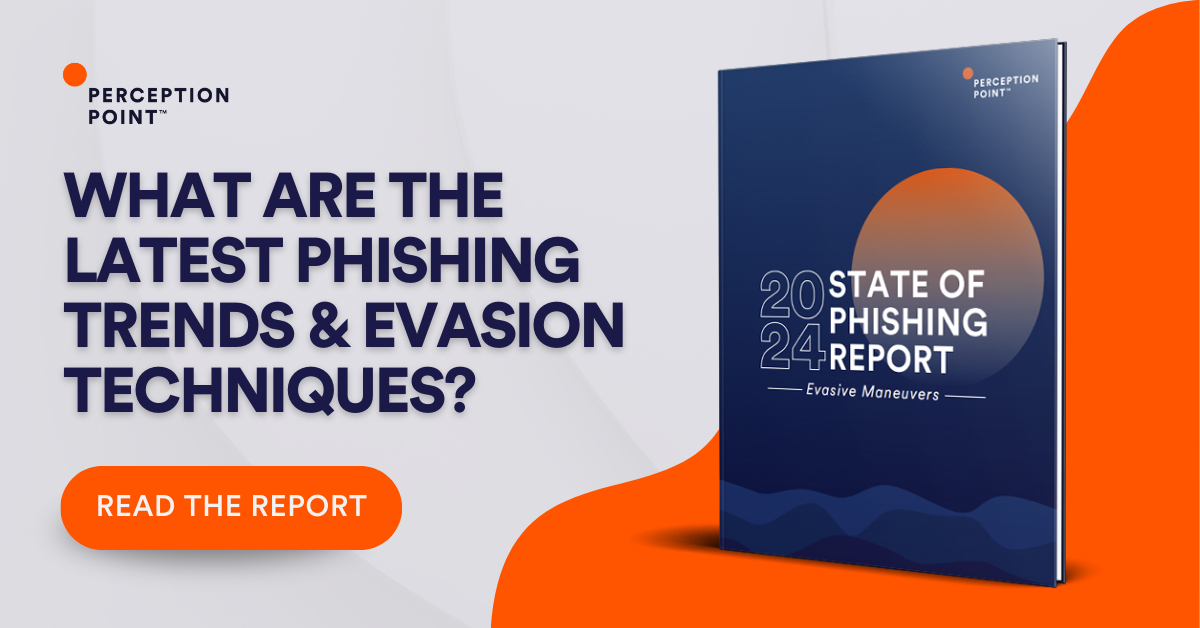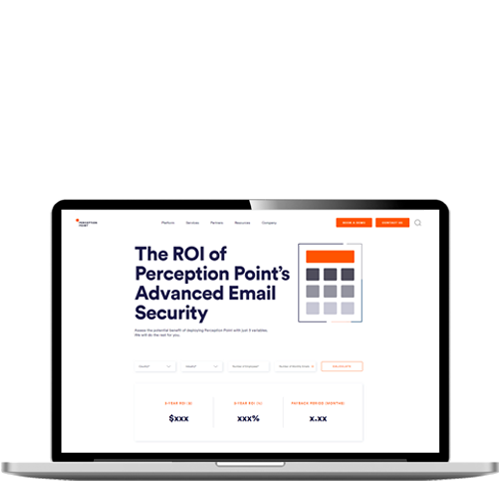Smishing and phishing are both social engineering attacks that use deceptive messages to trick people into sharing sensitive information or sending money to cybercriminals. However, smishing typically refers to short text messages such as SMS, while phishing refers to longer messages like emails.
What Is Smishing?
Smishing is a deceptive text message, often from an unknown number, that pretends to be from a legitimate source like a bank or government agency.
Smishing messages may create a sense of urgency, claiming that immediate action is needed to avoid consequences. They may also include a shortened URL that links to malware, which can trick the recipient into downloading malicious software onto their phone.
The attacker usually masquerades as a legitimate entity, such as a bank, government agency, or popular service, and sends a text message that prompts the recipient to take immediate action, like clicking a link, replying to the message, or calling a phone number.
In this article
What Is Phishing?
Phishing, in its narrowest sense, is an email message that looks like it’s from a legitimate company or website, often containing a link to a fake website. The user is then asked to enter personal information, such as their credit card number. This information can then be used for identity theft, unauthorized access to accounts, or other malicious activities.
Phishing can also include targeted attacks that use social engineering to trick a specific person into revealing sensitive information.
Phishing attacks typically occur through electronic communication channels, such as email, social media messages, or instant messaging.
These actions may include clicking a malicious link, opening a dangerous attachment, or entering sensitive information into a fake website that looks like a legitimate one.

Tal ZamirCTO, Perception Point
Tal Zamir is a 20-year software industry leader with a track record of solving urgent business challenges by reimagining how technology works.
TIPS FROM THE EXPERTS
- Use carrier-level SMS filtering. Partner with mobile carriers that offer advanced SMS filtering capabilities. These services can block known malicious numbers and filter out messages with suspicious content before they even reach your employees’ devices.
- Deploy real-time monitoring for SMS gateways. Monitor SMS gateways for anomalies in message patterns, such as a sudden spike in outgoing messages or requests from unfamiliar numbers.
- Implement anti-spoofing mechanisms for SMS. Just as email systems use SPF, DKIM, and DMARC to combat spoofing, explore Sender ID registration and other anti-spoofing technologies that prevent attackers from sending messages that appear to come from trusted numbers.
- Educate employees on “safe” interaction rules. Go beyond general awareness and train employees on specific behaviors, such as always initiating contact through known channels rather than replying directly to unsolicited SMS messages, and verifying requests through a separate method, like a company-issued communication tool.
- Monitor for lookalike shortcodes. Attackers may use shortcodes that closely resemble official ones to trick recipients. Regularly audit and monitor for lookalike shortcodes and educate your employees on spotting the subtle differences.
Smishing vs. Phishing: Similarities and Differences
Note: In this section we refer to “phishing” in the narrow sense of “email phishing”. However, phishing can also be considered as a family of social engineering attacks which also include smishing.
Smishing and phishing are both forms of cyber attacks that aim to deceive victims into revealing sensitive information. However, they differ in the methods used for communication and the specific tactics employed.
Here are the main similarities and differences between smishing and phishing:
Similarities:
- Deceptive techniques: Both smishing and phishing use social engineering to manipulate victims into providing personal or sensitive information. Attackers often impersonate legitimate organizations or authorities to gain the victim’s trust.
- Sense of urgency: In both types of attacks, the messages often create a sense of urgency, using threats or negative consequences to prompt immediate action from the victim.
- Purpose: The primary goal of smishing and phishing attacks is to obtain sensitive information, such as login credentials, financial information, or personal details, which can be used for identity theft, unauthorized access, or other malicious activities.
Differences:
- Communication method: Smishing attacks use text messages (SMS) as the primary method of communication, whereas phishing attacks typically occur through email.
- Target device: Smishing attacks target mobile devices, while phishing attacks are generally aimed at computers or any device with access to email. However, phishing attacks can also be conducted through mobile email clients.
- Links and attachments: Phishing emails often contain malicious links or attachments that, when clicked or opened, can lead to malware installation or redirect the victim to a fake website. In contrast, smishing attacks usually include a link or phone number to be clicked or called, directing the victim to a fraudulent website or an attacker-operated phone line.
How to Prevent Phishing and Smishing Attacks
Preventing Phishing Attacks
Organizations can take several steps to prevent phishing attacks and protect their employees and sensitive data. Here are some essential practices to minimize the risk of phishing attacks:
- Security awareness training: Educate employees about phishing attacks, their characteristics, and the latest tactics used by cybercriminals. Regular training sessions can help employees identify phishing emails and understand the importance of reporting suspicious messages.
- Implement strong email security: Use email security solutions that include spam filtering, malware scanning, and link analysis to detect and block phishing emails before they reach employees’ inboxes.
- Establish clear policies and procedures: Develop and enforce policies for handling sensitive data, password management, and incident reporting. Ensure employees know how to report suspected phishing emails and the proper steps to take if they believe they have fallen victim to an attack.
- Use multi-factor authentication (MFA): Implement MFA for all critical systems and applications, as it adds an extra layer of security by requiring users to provide more than one form of identification when logging in.
- Regularly update and patch systems: Keep all software, operating systems, and security tools up to date to protect against known vulnerabilities that can be exploited by attackers.
- Limit access to sensitive information: Implement the principle of least privilege by granting employees access only to the data and systems necessary for their job functions. This minimizes the potential impact if an attacker gains access to an employee’s credentials.
- Monitor network traffic: Use intrusion detection and prevention systems (IDPS) to monitor network traffic for signs of malicious activity or unauthorized access.
- Conduct simulated phishing exercises: Test employees’ awareness and response to phishing attacks by sending simulated phishing emails. This helps identify areas where further training is needed and measures the effectiveness of the organization’s security awareness program.
- Secure websites with HTTPS: Ensure all company websites use HTTPS to encrypt data transmitted between the web server and the user’s browser. This makes it more difficult for attackers to intercept sensitive information.
- Encourage reporting of phishing attempts: Create a culture where employees feel comfortable reporting suspected phishing emails. Quick reporting can help minimize the damage caused by successful phishing attacks and provide valuable information to improve the organization’s security measures.
Learn more in our detailed guide to how to prevent phishing
Preventing Smishing Attacks
To prevent smishing attacks, organizations can take several additional steps beyond those mentioned for phishing attacks, including:
- Create a communication protocol: Establish a clear protocol for how the organization communicates with employees, partners, and customers, especially regarding sensitive information. Make sure all parties are aware that the organization will never request personal or financial information through text messages.
- Encourage employees to use the organization’s official apps: Promote the use of official mobile applications for accessing company services and resources. These apps should be downloaded from trusted sources, such as the Apple App Store or Google Play Store.
- Implement mobile device management (MDM) solutions: Utilize MDM solutions to manage and secure employees’ mobile devices, including enforcing security policies, monitoring for threats, and remotely wiping data if a device is lost or compromised.
- Regularly audit mobile phone numbers: Periodically review and validate the mobile phone numbers used for official communication within the organization. This can help identify any suspicious numbers that may have been added by attackers.
- Encourage the use of call-blocking apps: Suggest that employees install call-blocking apps on their mobile devices to filter and block potentially malicious text messages and phone calls.
- Limit the sharing of company phone numbers: Encourage employees not to share their work phone numbers on public platforms, which may reduce the likelihood of their numbers being targeted in smishing attacks.
- Regularly update contact information: Maintain an up-to-date list of official contact information for banks, vendors, and other critical services. This can help employees quickly verify the legitimacy of a message by comparing it to the known contact information.
- Stay informed about emerging threats: Keep up to date with the latest smishing tactics, trends, and threat intelligence to help your organization identify and prevent potential attacks.
Phishing Prevention with Perception Point
As cyber crimes escalate, companies need to fortify their cyber security systems even more substantially. Get ahead of phishing by having a dependable email security provider, allowing your team to focus on what matters.
Start today with Perception Point’s email security platform. We offer comprehensive email security that eliminates threats before they reach your employees. Our end-to-end advanced cyber threat detection protects your enterprise against modern-day phishing scams.
Check out this example of how Perception Point stopped a two-step phishing attack:

Smishing, a portmanteau of “SMS” and “phishing,” is a type of cyber attack that uses text messages (SMS) to deceive victims into providing sensitive information, such as passwords, financial information, or personal details.
Phishing is a type of cyber attack where criminals attempt to deceive individuals into providing sensitive information by posing as a trustworthy entity. This information can then be used for identity theft, unauthorized access to accounts, or other malicious activities.
Here are some essential practices to minimize the risk of phishing attacks:
– Security awareness training
– Implement strong email security
– Establish clear policies and procedures
– Use multi-factor authentication (MFA)
– Regularly update and patch systems
– Limit access to sensitive information
– Monitor network traffic
– Conduct simulated phishing exercises
– Secure websites with HTTPS
– Encourage reporting of phishing attempts
To prevent smishing attacks, organizations can take several additional steps beyond those mentioned for phishing attacks, including:
– Create a communication protocol
– Encourage employees to use the organization’s official apps
– Implement mobile device management (MDM) solutions
– Regularly audit mobile phone numbers
– Encourage the use of call-blocking apps
– Limit the sharing of company phone numbers
– Regularly update contact information
– Stay informed about emerging threats

























